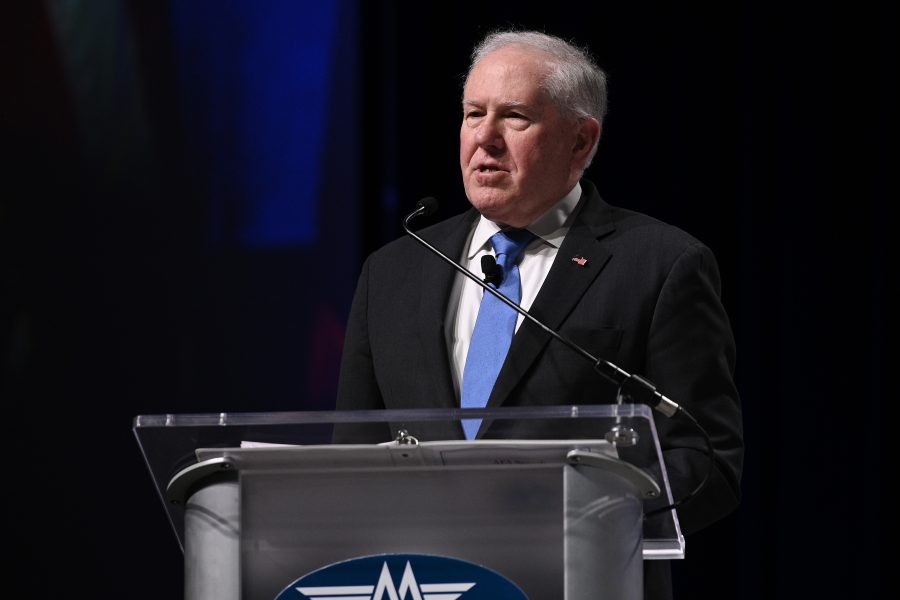AURORA, Colo.—The Department of the Air Force is launching a sweeping effort to “re-optimize for great power competition,” with new commands, offices, and processes, in one of the largest reorganizations in the Air Force’s history.
But for tens of thousands of Airmen and Guardians around the world, the most noticeable changes will come down to a focus on readiness, something Air Force Secretary Frank Kendall urged service members to make part of their day-to-day job in his parting message from the AFA Warfare Symposium on Feb. 14.
“You don’t need to wait for somebody tell you what to do about readiness. … Start thinking now about, what do we need to do to be more ready, and then do it,” Kendall said. “You don’t need to wait for that. The conflict can happen at any time and we need to be as ready for it as we possibly can.”
Many of the changes announced at the symposium “won’t happen overnight,” Kendall added. “But I think it’s going to happen reasonably quickly. We’re going to orient our operational units on being ready for the fight.”
That will include a change in how the Air Force and Space Force package forces together for deployments, or its “units of action,” as the service chiefs outlined Feb. 12.
“We’re going to be making some changes to how units are set up, so that all the things that units need to be able to deploy, if they’re deploying units, that they have, and that those units can train together,” Kendall said. “For the units that are deployed in place, we’re going to do the same sort of thing.”
Airmen and Guardians will also see the focus of their training change, Kendall hinted, once again to be focused on readiness for a potential conflict near peer adversary such as China or Russia.
“In general, I think you’re going to see your training oriented more on the things you’re going to need to be effective in great power competition,” he said.
Other changes will be smaller or are meant to be less disruptive to service members’ lives. The much-discussed warrant officer program and new technical career tracks will be tailored for specific communities. The new commands and offices being established will mainly draw upon existing units and capabilities.
“We’re going to minimize people having to move and we’re going to try to minimize costs, but we’ve got to move out pretty quickly on all those as well,” Kendall added.
More broadly, though, Kendall made it clear that he wants to drive a mindset shift across the Air Force and Space Force that the possibility of great power conflict is very real, and everyone needs to get ready.
“Buckle your seatbelt. Don’t sit still. Go ahead and move forward,” Kendall said. “Don’t wait for guidance on this. … We don’t have any time to waste.”
To shape and inform the changes he and other leaders were planning, Kendall traveled to Air Force and Space Force installations around the globe and interacted with Airmen and Guardians. Many “have their head in the game” and are ready for the challenge, he said.
“I think we’ve got all the raw material we need to make the changes that we talked about and prepare ourselves,” Kendall said. “And, frankly, it’s all about deterrence. We don’t want a war, and if we’re really ready and the Chinese understand that, we’re not going to have one.”
